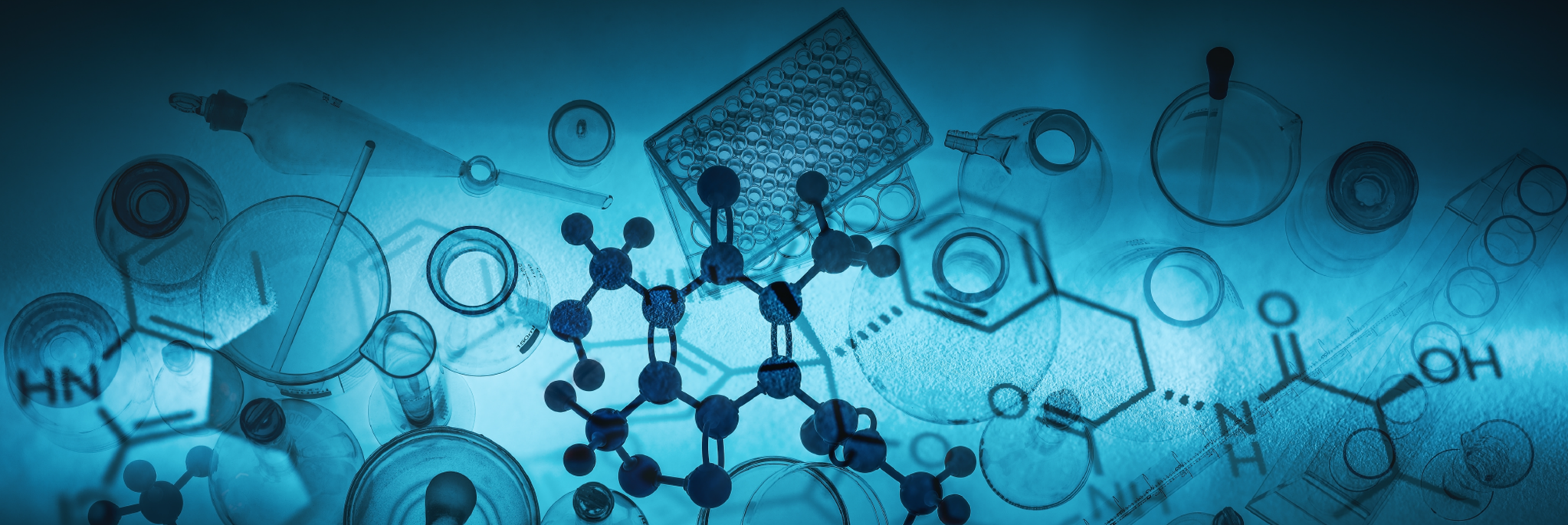MHF TOP PICKS FOR MAY
Every month, we at the Mueller Health Foundation like to showcase interesting news and updates in the field of tuberculosis. Below are our top 3 picks for May:
- Seven Transitions for Transforming Tuberculosis Diagnosis
Diagnosis is often considered the weakest aspect of tuberculosis care and control. In this newly published review, researchers describe seven critical transitions that could help to close the massive TB diagnostic gap and enable TB programs worldwide to recover from the pandemic setbacks. The seven transitions could help to diagnose more people thereby enabling TB treatment, which would in turn reduce spread of TB in the community. For example, a simple, non-sputum sample, combined with an affordable, multi-disease POC molecular technology, deployed in decentralized settings would reach a much larger population, close the case detection gap, and curb TB transmission at the population level. It is important to note, that these transitions are inter-linked, and the biggest impact will come from their integration. To learn more about the seven transitions, you can access the full paper at: https://www.nature.com/articles/s41564-023-01365-3
- Researchers in Thailand Develop Rapid MTB Strip Test for Tuberculosis Detection
Researchers of the Faculty of Allied Health Sciences at Chulalongkorn University in Thailand have developed a new MTB Strip Test Kit for Tuberculosis diagnosis. The MTB Strip Test Kit consists of two main parts: 1. Genetic amplification using isothermal amplification with specifically modified and designed primers, and 2. Genetic materials detection using developed test strips, which are manufactured from ISO13485-certified industrial plants for medical device manufacturing. The key feature of the MTB Strip test is its sensitivity to tuberculosis. With a small amount of tuberculosis in the sputum, the test can detect it and display the result. In addition, the test process takes less than an hour and does not require any special tools. The MTB Strip Test prototypes have already been administered at Umphang Hospital.
DID YOU KNOW?
The Inuit communities, who are comprised of indigenous people in the Northern parts of Canada, have historically experienced much higher TB rates than non-indigenous communities in Canada. Below are some interesting facts about TB and the Inuit people of Canada:
- While the overall rate of TB in Canada is low, some Inuit communities in the Arctic and in places such as northern Winnipeg have recorded some of the highest rates of TB in the world. In 2018, it was reported that Inuits suffer from TB at a rate close to 300 times higher than non-indigenous Canadians born in Canada, although the numbers have since fallen.
- The high rates of TB among the Inuit community in Canada are closely connected to poverty, inadequate and overcrowded housing, food insecurity and barriers to accessing health care, such as remoteness but also insufficient infrastructure.
- A genetic study published by McGill University in 2015 found that TB arrived in the Arctic around 1919 and that the Inuits had no prior contact with the disease prior to the establishment of trading posts.
- In the 1950s, TB was rampant in the Northern Arctic. It is estimated that about one in three of all Inuits were infected with the disease and one in seven were sent to sanatoriums in the Southern Arctic for treatment. Treatments often lasted for years. Families were torn apart, couples were separated and children were taken and placed into treatment facilities separate from their parents.
- In 2019, the Canadian government launched Nanilavut, Inuktitut for “Let’s find them,” an initiative to help Inuits repatriate the remains of their lost loved ones who perished during TB treatment.
